What Is GD&T?
ISO defines GD&T as “geometrical product specifications (GPS)—Geometrical tolerancing—Tolerancing of form, orientation, location and run-out.” In short, “geometrical product specifications” refer to the shape, size, and positional relationship of a product, while “tolerance” means the allowable error. “Geometric tolerance” is characterized by a definition that includes the allowable errors for the form and position in addition to size.
- Differences Between Size Tolerance (Dimensional Tolerance) and Geometric Tolerance
- Advantages of Geometric Tolerance
- Principle of Independency
- ISO Definition
Differences between Size Tolerance (Dimensional Tolerance) and Geometric Tolerance
Broadly classified, there are two approaches to drawing designs: size tolerance and geometric tolerance. Size tolerance regulates the size of each dimension.
Geometric tolerance regulates the shape, parallelism, tilting, position, run-out, and other factors.
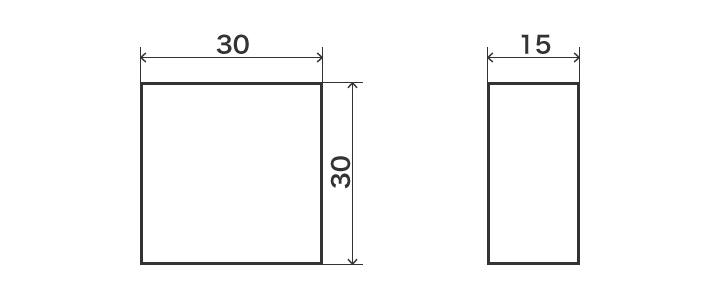
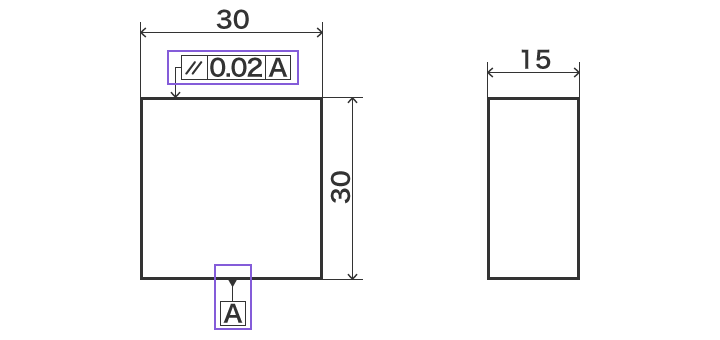
Advantage of Geometric Tolerance
Why is geometric tolerance necessary?
For example, when the designer orders sheet parts, the size tolerance-based instructions will be as follows:
-
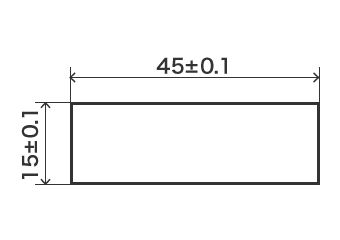
-
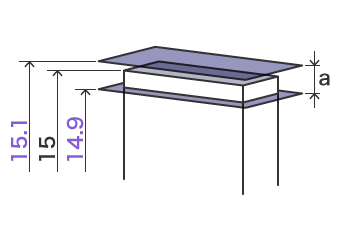
- a
- Tolerance zone
This drawing may lead to a delivery of parts like those shown below:
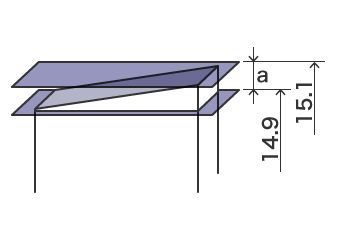
- a
- Tolerance zone
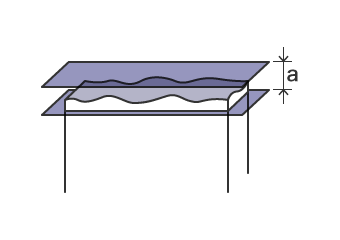
- a
- Tolerance zone
These parts are non-conforming or defective products.
These parts are produced because there is no mention of parallelism in the drawing.
The fault lies with the tolerance instruction by the designer, and not with the manufacturer.
The drawing for the same part will be as follows using geometric tolerance. Here, the geometric characteristics “parallelism” and “flatness” are used in addition to size. This can prevent errors like those we saw above with size tolerance.
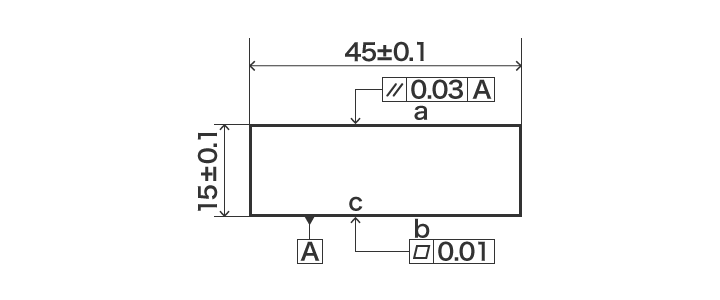
- a
- Parallelism tolerance
- b
- Flatness tolerance
- c
- Reference plane
Geometric tolerance has the advantage of accurately and efficiently communicating the designer’s intended design in a way that cannot be expressed using size tolerance alone.
Principle of Independency
Size tolerance and geometric tolerance regulate the tolerance of different specification aspects. Size tolerance regulates the size of dimensions, while geometric tolerance regulates the shape and positional relationship.
Therefore, it is not a matter of which is better, but of using them together to give efficient tolerance instructions.
For size tolerance and geometric tolerance, different measuring instruments and inspection methods are used for measurement. For example, because measurements are taken between two points using a caliper or micrometer for size tolerance specifications, the following dimensions all meet the size tolerance.
-

Size tolerance zone 
Reference dimension shape -
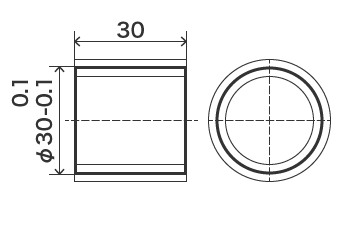
Axis with size tolerance (reference) 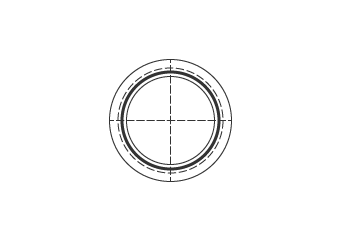
Perfect circle with tolerance 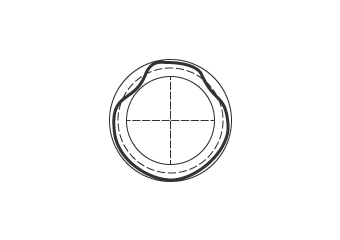
Circle distorted within tolerance zone 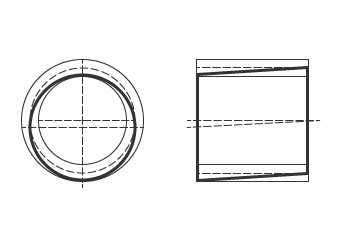
Circle with deviated central axis
For geometric tolerance, roundness and the position of the central axis are inspected using a roundness measuring instrument or a coordinate measuring machine, which can result in the above dimensions not meeting the tolerance specifications depending on the specified tolerance. This means that some dimensions may pass size tolerance requirements but not meet geometric tolerance specifications.
What we can say from the above is that the regulation by size tolerance and the regulation by geometric tolerance have virtually no relation. This concept is called the principle of independency or independency principle.
ISO Definition
ISO defines the relationship between size and geometric characteristics as follows:
- ISO 8015-1985
- By default, every GPS specification for a feature or relation between features shall be fulfilled independent of other specifications, except when it is stated in a standard or by special indication.
The principle of independency shown above is the international standard provided by ISO. However, some enterprises adopt the rules of ASME (the American Society of Mechanical Engineers), which do not apply the principle of independency. For this reason, it is recommended that you clearly determine the standards through prior discussions upon making deals, in particular with overseas companies.


